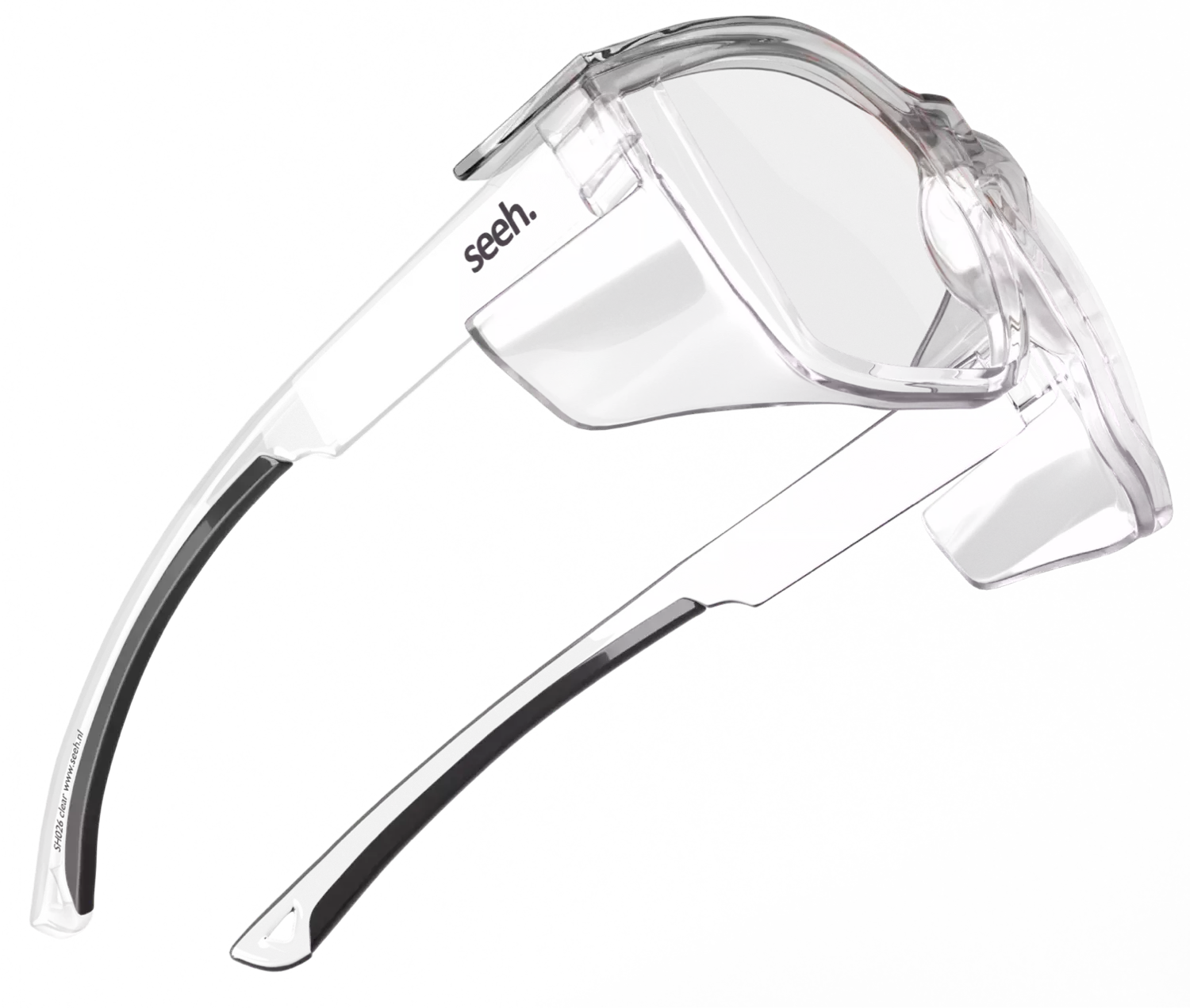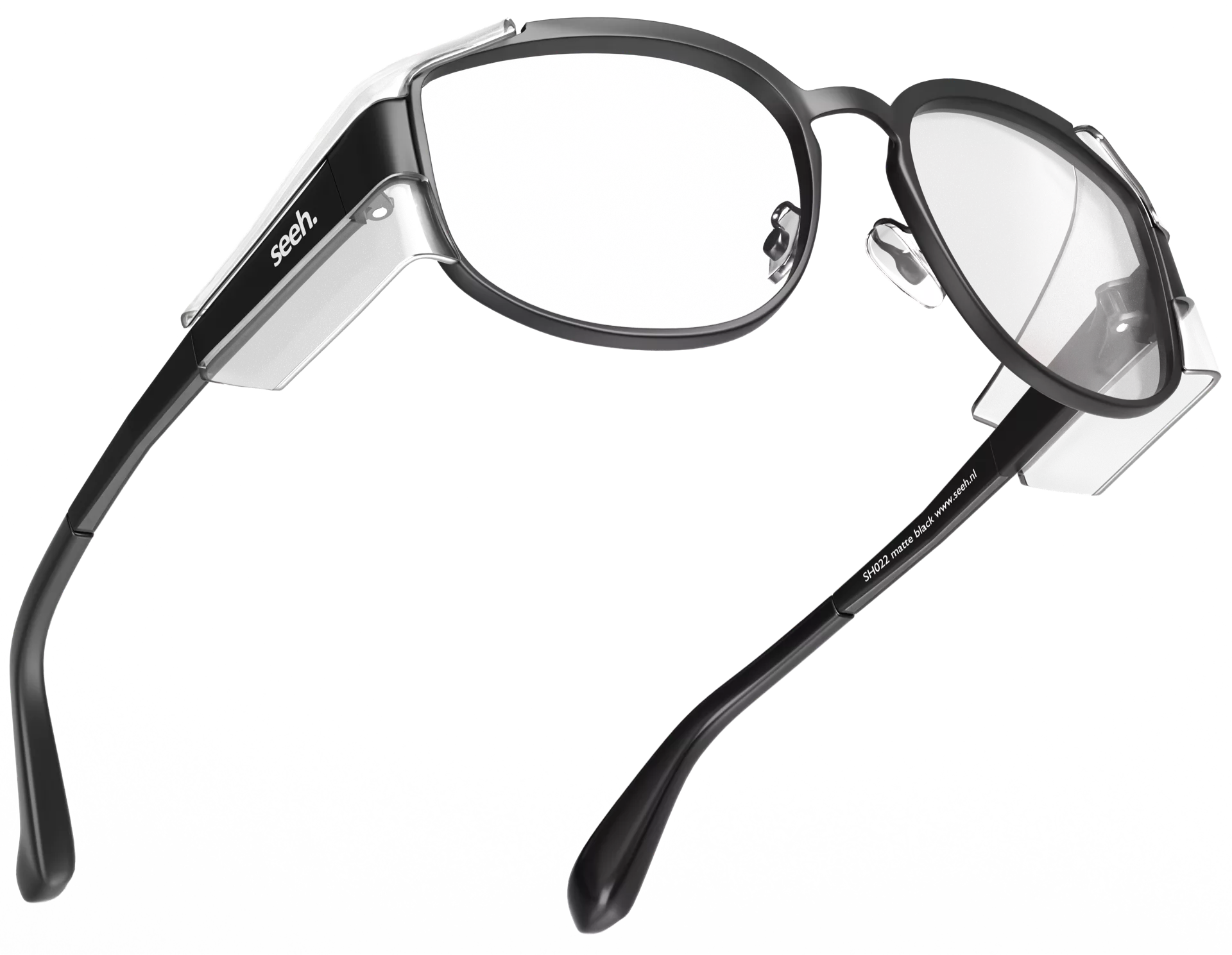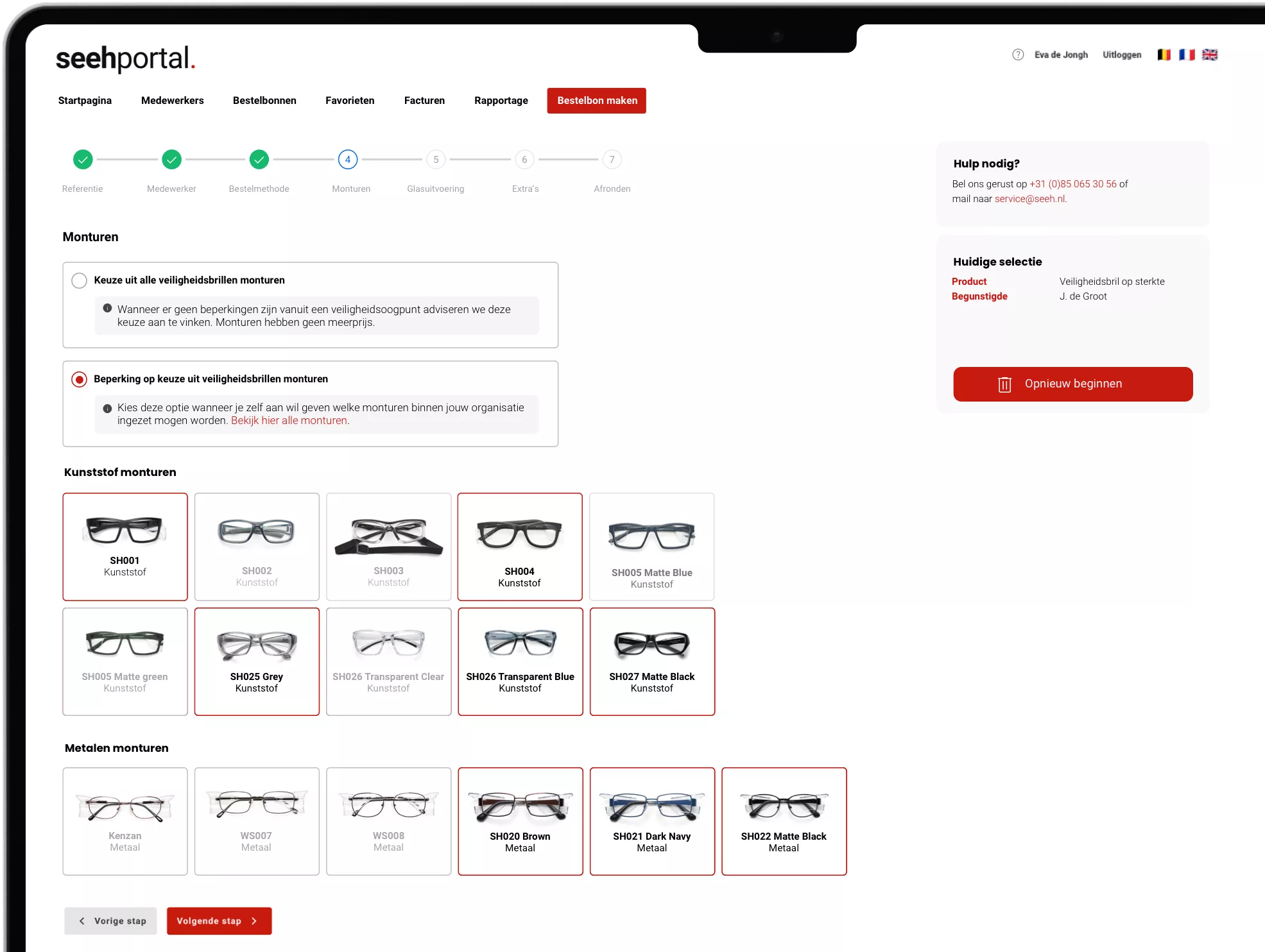
3
mins

You hear the buzzing of a mosquito, turn your head... but are just too late. No coincidence. Your ear does much more than hear, it also helps you keep your balance. In this article, we dive deep into the ear: from sound waves to brain stimuli, and how your balance works while you move. Whether you are hearing protection wears or are just curious: here's what you need to know about your ears.


The human ear is an engineering marvel. It captures sound, amplifies it and converts it into signals to your brain. At the same time, it ensures that you can balance, stand up straight and don't get dizzy when you turn.
The ear consists of three main parts:
The outer ear consists of the auricle, the ear canal, and the eardrum. Although this part of the ear seems simple, it plays an important role. It captures sound waves and directs them to the eardrum, where the vibrations travel further into the ear. In addition, the outer ear helps you determine where sound comes from, and even whether it comes from above or below. This is because the auricle has a specific shape that additionally amplifies certain frequencies, such as speech sounds. This is particularly useful in environments with a lot of background noise, such as a busy café, where you can still hear a conversation partner. In addition, the outer ear provides protection: it produces earwax (cerumen), a natural substance that blocks dust and bacteria and keeps the ear clean and healthy.
Behind the eardrum, the middle ear begins. Here are three tiny but essential bones: the hammer (malleus), the anvil (incus) and the stirrup (stapes). Together, these ossicles form a mechanical system that amplifies sound vibrations by a factor of twenty. Thanks to their smart leverage, subtle vibrations from the eardrum are converted into powerful pulses that reach the inner ear via the oval window. In addition to these bones, the middle ear also contains the Eustachian tube. This ensures that the air pressure on both sides of the eardrum remains in balance. You notice this when you take off an airplane, for example, when you feel a 'pop' in your ear, a sign that the pressure has adjusted.
The inner ear consists of two important parts: the cochlea (cochlea) that is responsible for hearing, and the vestibular organ, that ensures balance.

The cochlea looks like a coiled snail and contains three fluid-filled channels. In one of them is the Corti organ, which contains approximately 16,000 hair cells that are sensitive to specific sound frequencies. This means that high notes are registered at the beginning of the basilar membrane, while low notes are only picked up at the end. When the stirrup pushes against the oval window, it causes vibrations in the fluid inside the cochlea. These vibrations bend the hair cells, which in turn generate electrical signals. These signals, also known as action potentials, are conducted via the auditory nerve to the brain, where they are interpreted as sound.
Imagine standing on one leg with your eyes closed. You turn your head slowly... and yet you don't fall over. You owe that to your vestibular system. This smart system consists of three semicircular channels that record when you turn, such as when you nod yes or shake no, and two small bags, the sacculus and utriculus, that respond to linear accelerations, for example when you are in an elevator. Inside these parts, there is a liquid in which hair cells float with tiny stones. As soon as you move, the fluid shifts, the hairs bend and tell your brain how your head is in space.
But your balance system doesn't work alone. It continuously aligns with what your eyes see and what your muscles and joints feel. Through this collaboration, you can maintain your orientation, stay in balance and maintain a stable view, even with your eyes closed.

The ear is an ingenious but fragile organ. It consists of several parts that all work closely together to perceive sounds and keep your balance. But precisely because it is so sophisticated, problems can arise in various places.
A common complaint is a blocked Eustachian tube, often the result of a simple cold. This tube normally controls the air pressure between your middle ear and the outside world. When he becomes clogged, there is an annoying pressure difference that can lead to a deaf or popping feeling in the ear.
The cochlea in the inner ear is also vulnerable, especially the hair cells that lie in it. These hair cells convert sound vibrations into electrical signals that your brain can understand. Exposure to loud noises - such as machines, festivals or construction sites - can permanently damage these cells. This often leads to hearing damage that is no longer repairable, such as ldeafness and tinnitus (ringing in the ears). Both complaints are becoming increasingly common and can have a major impact on someone's life and ability to work.
In addition, the organ of balance, which lies right next to the cochlea, plays a crucial role in your daily stability. When this organ becomes dysregulated, you may experience symptoms such as dizziness and nausea. Such complaints can have various causes. Sometimes it's about BPPD (Benign Paroxysmal Position Dizziness), or benign positional vertigo, where certain movements of your head suddenly cause vertigo. In other cases, the Ménière disease play a role, a condition where dizziness is accompanied by hearing loss and tinnitus. Viral infections of the inner ear can also temporarily disrupt your sense of balance.
It is important to know that a balance disorder in itself is usually not a disease, but a symptom of something else. That is why it is essential to take these signals seriously and take action.
Hearing protection is not a luxury, it is a necessity. Because hearing damage is often irreversible. According to the Working conditions legislation every employer has the duty to protect their employees against harmful noise levels in the workplace. As soon as the noise level structurally exceeds 80 decibels (dB (A)), the employer is even obliged to take measures.
At those types of noise levels, which you encounter in construction, industry or logistics, for example, you can suffer hearing damage in the long term. This often starts innocently, with mild irritation or fatigue, but can quickly lead to reduced productivity, dropout and health problems.
To reduce that risk, employers can use various strategies. Think of installing sound-proof screens around machines, setting up special quiet areas where employees can recover from noise pollution, or offering personal hearing protection. Otoplastics, or customized hearing protection, are therefore the most comfortable and effective choice. They fit the ear perfectly, offer optimal damping and are much better worn than universal hearing protectors.
Whether you work in construction, use machines a lot or just like your music loud, your ears will have to endure a lot. And they are more vulnerable than you think.
The ear is a finely tuned system of cilia, nerves and bones that helps you to hear and stay in balance. Balance, sound, safety... it's all in that one organ.
There is no way to fix hearing loss, and you need your balance to stay on your feet at all.So protect your ears wisely, because you'd rather prevent hearing damage than have to learn to live with it.

No. Hearing damage caused by noise is often permanent. So protection is the only solution.

Symptoms such as dizziness, disorientation, falls, or trouble focusing may indicate a disturbance in the balance system.

Standard earplugs often offer insufficient protection or are not comfortable. Customized hearing protection offers maximum damping and comfort.

Our collection of prescription safety glasses is growing with seven new frames. This means more choice in style and fit. Always with the assurance of maximum protection and wearing comfort. So you’ll always find a model that perfectly suits your team.

Thanks to the extensive product range, every employee will find a frame that fits well and is comfortable to wear.

The frames are sturdy and lightweight at the same time. This ensures comfort during long working days without sacrificing safety.

As a forerunner in the Benelux, our frames comply with ISO 16321. This stricter standard is recognized worldwide and replaces the previous standard.


The side covers are integrated into the frame. This makes the frame visually calmer and technically stronger.

With their modern design, the frames fit perfectly with your organization's professional standards.

We have put together our collection with care so that we can offer the right protection for every industry.
Our service team is there for you if you have any questions about our new and old frames. So don't hesitate to contact us if you have any questions.
All our new and existing frames can be ordered immediately via our online portal. Not a customer yet? Then create an account completely free of charge.
